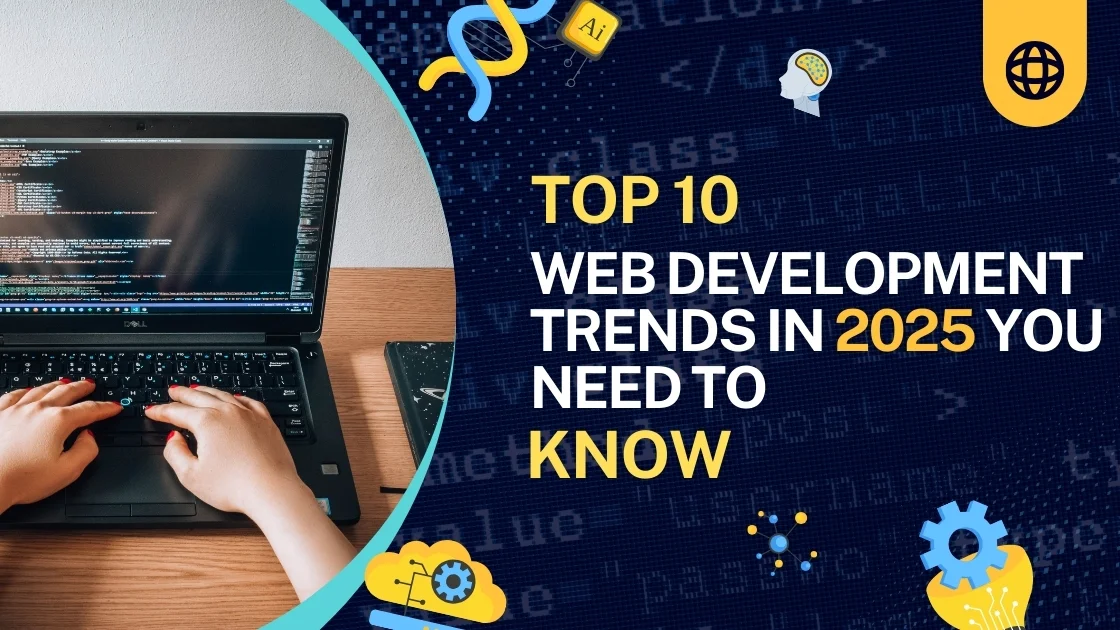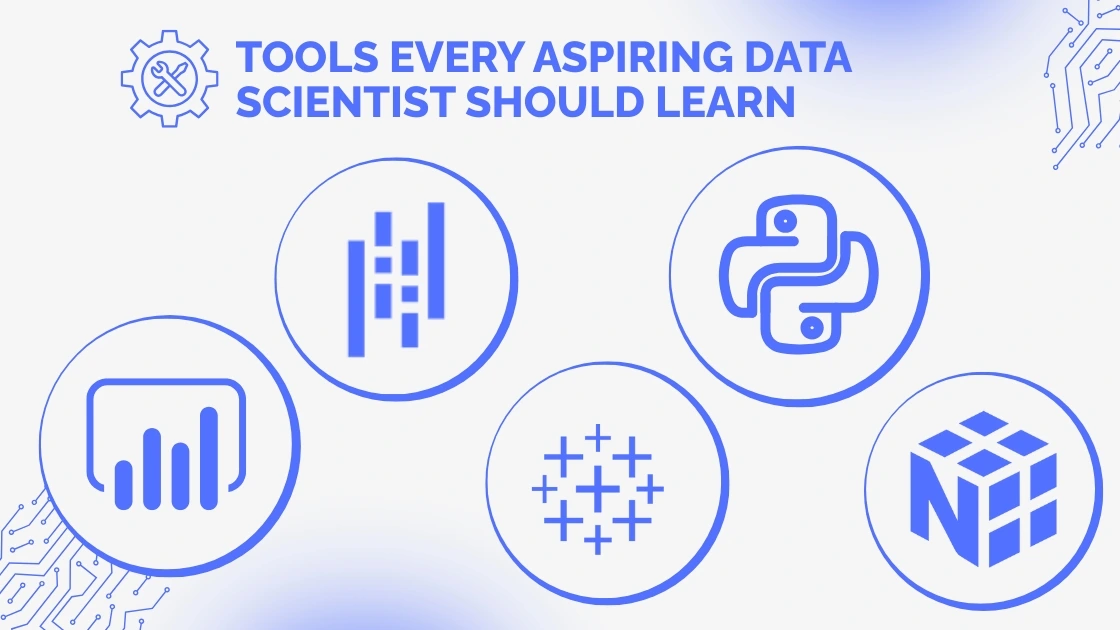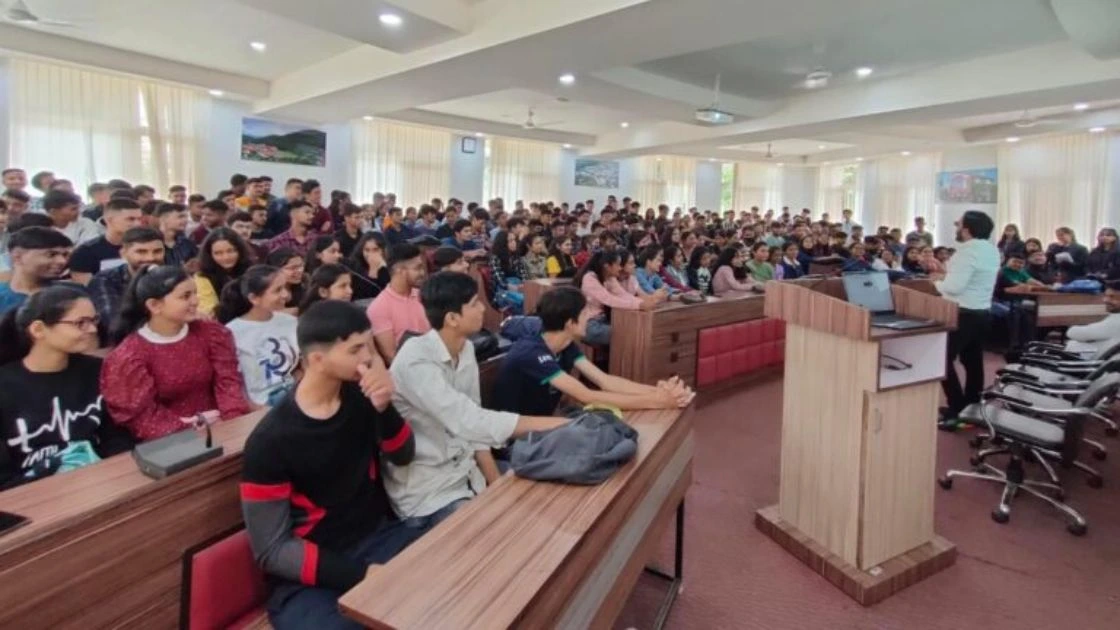The world of web development is evolving at an unprecedented pace, with 2025 shaping up to be a groundbreaking year for technology, design, and user experiences. Businesses are no longer satisfied with just having an online presence—they want innovative, fast, secure, and interactive platforms that stand out in a competitive digital landscape. With advancements in AI, cloud computing, blockchain, and immersive technologies, the web development industry is entering an exciting phase. In this blog, we will explore the top 10 web development trends in 2025 that every business, developer, and marketer should watch closely.
1. AI-Powered Web Development
Artificial Intelligence (AI) is revolutionizing the way websites are designed, developed, and maintained. In 2025, AI tools like ChatGPT, GitHub Copilot, and design automation platforms will be widely used to write code, create responsive layouts, and optimize SEO. AI-driven chatbots will offer hyper-personalized customer support, while machine learning algorithms will analyze user behavior in real time to enhance engagement. This not only speeds up the development process but also ensures better scalability and efficiency.
2. Progressive Web Apps (PWAs) Becoming Standard
Progressive Web Apps are not new, but in 2025, they will dominate the web development market due to their ability to combine the features of websites and mobile apps. PWAs load quickly, work offline, and offer an app-like user experience without requiring downloads from app stores. Brands like Twitter, Starbucks, and Pinterest already use PWAs, and more companies are adopting this technology to reach a wider audience while reducing development costs.
3. Voice Search Optimization
With the increasing popularity of voice assistants like Alexa, Google Assistant, and Siri, voice search optimization is becoming a crucial web development trend. In 2025, developers will focus on implementing voice-activated interfaces and optimizing content for voice queries. This involves adopting natural language processing (NLP), conversational UI, and structured data to ensure websites can cater to the growing number of voice search users.
4. Web 3.0 and Blockchain Integration
Web 3.0 is set to redefine the internet by making it more decentralized, transparent, and user-driven. Blockchain technology will play a major role in enabling secure transactions, identity verification, and data ownership for users. In 2025, more websites will integrate cryptocurrency payment gateways, decentralized applications (dApps), and NFT marketplaces. This will create new business opportunities while building user trust through secure and transparent systems.
5. Cloud-Based Development and Hosting
Cloud technology is now an integral part of web development. By 2025, serverless architecture will become more common, allowing developers to run applications without managing physical servers. Platforms like AWS, Google Cloud, and Microsoft Azure will offer advanced tools for building scalable, cost-effective websites. Cloud hosting also improves website performance, security, and uptime, making it a top choice for businesses of all sizes.
6. Motion UI and Micro-Interactions
User experience will take center stage in 2025, and Motion UI will play a key role in making websites more interactive and engaging. Subtle animations, hover effects, and micro-interactions will guide users through a website and improve navigation. This trend focuses on making websites visually appealing while maintaining functionality. Brands are using motion design to tell stories, highlight features, and create memorable browsing experiences.
7. Cybersecurity-First Development
With cyberattacks becoming more sophisticated, web developers in 2025 will adopt a security-first approach from the very beginning of the development process. This includes using HTTPS by default, implementing advanced encryption, multi-factor authentication, and AI-based threat detection systems. Businesses are also expected to comply with stricter data protection regulations like GDPR and CCPA to protect user privacy.
8. Low-Code and No-Code Development
In 2025, more entrepreneurs, marketers, and non-technical professionals will build websites using low-code and no-code platforms like Webflow, Wix, and Bubble. These tools allow rapid website development without deep coding knowledge, making it easier for startups and small businesses to launch their digital presence quickly. While traditional coding will still be essential for complex projects, low-code platforms will democratize web development for everyone.
9. Augmented Reality (AR) and Virtual Reality (VR) Experiences
The demand for immersive web experiences will continue to grow in 2025, with AR and VR integration becoming more common in e-commerce, real estate, and education. For example, e-commerce websites will let users “try on” products virtually, real estate websites will offer virtual property tours, and educational platforms will create interactive 3D lessons. This trend will push developers to learn WebXR and other immersive web technologies.
10. Sustainable Web Development (Green Hosting)
Sustainability is becoming a priority in every industry, and web development is no exception. In 2025, more companies will shift toward green hosting providers that run on renewable energy and adopt eco-friendly coding practices to reduce website energy consumption. Optimizing code, using efficient data storage methods, and minimizing unnecessary features will help websites lower their carbon footprint while maintaining performance.
Conclusion
The web development landscape in 2025 is being shaped by AI innovation, immersive technologies, decentralization, and sustainability. Businesses that embrace these trends early will gain a competitive edge by delivering faster, smarter, and more engaging user experiences. Whether you’re a developer, designer, or business owner, staying updated with these trends will be crucial for building future-ready websites.
By keeping an eye on these top 10 web development trends in 2025, you can ensure that your projects not only meet current market demands but also remain relevant in the years to come.












